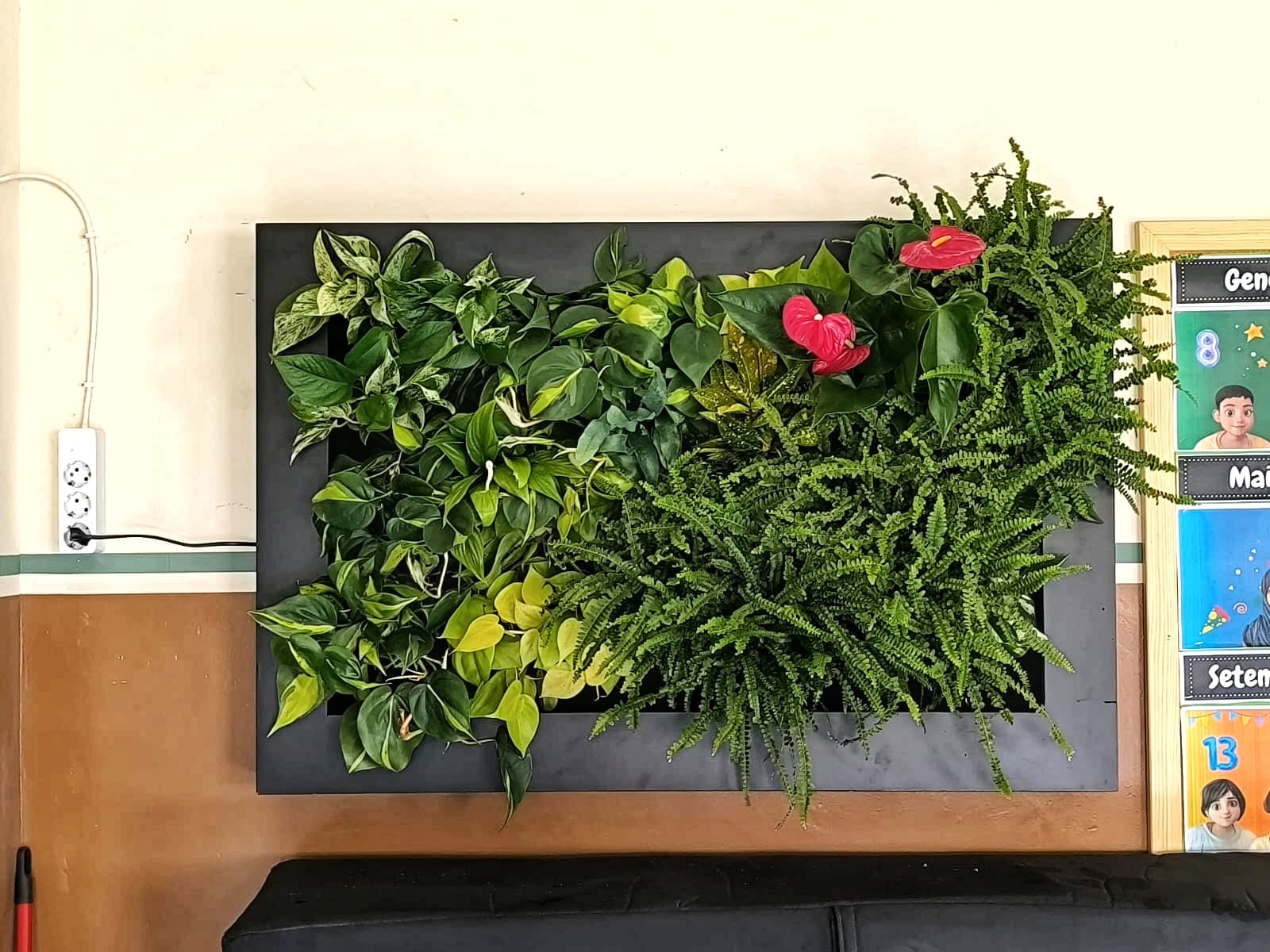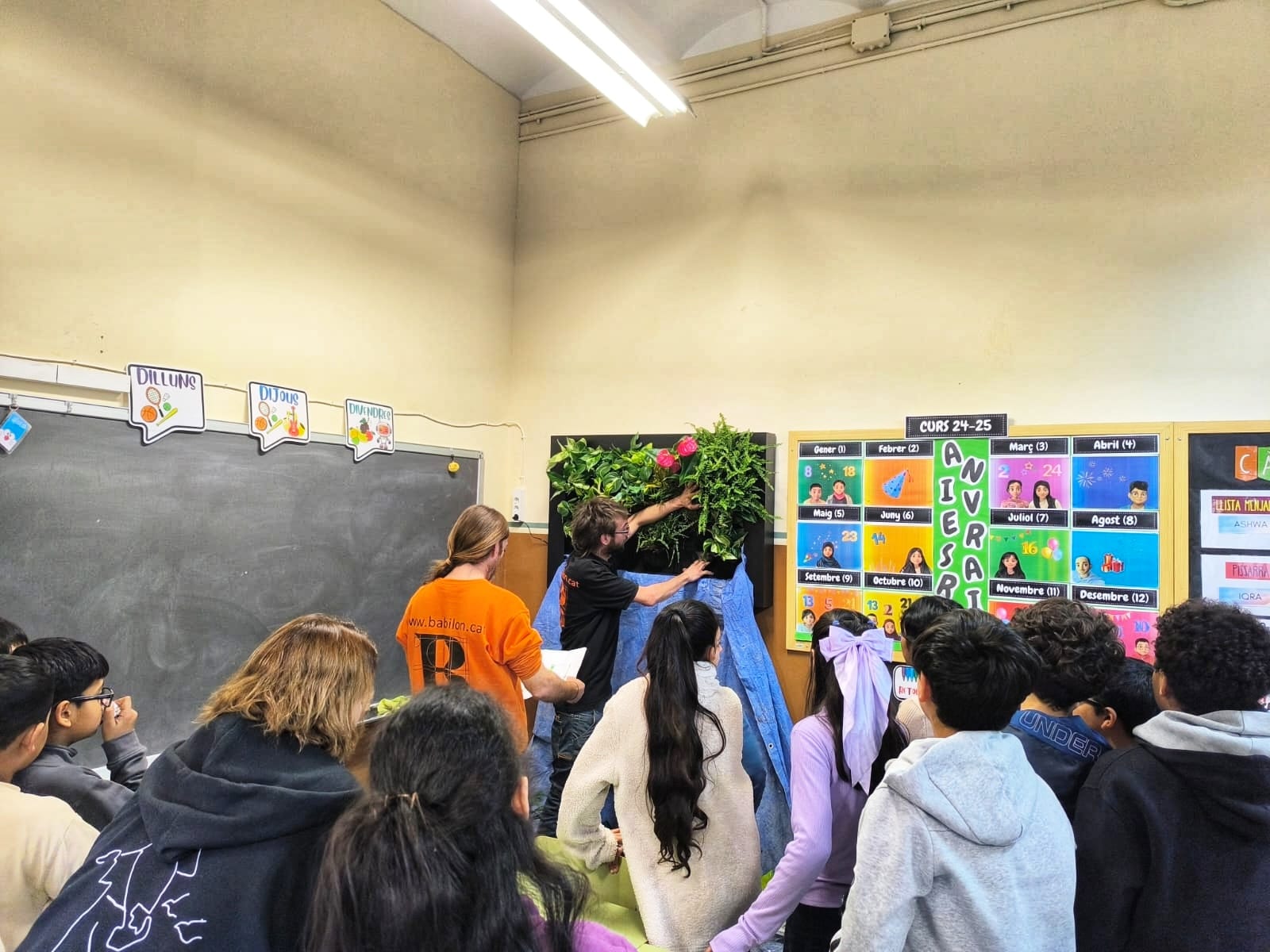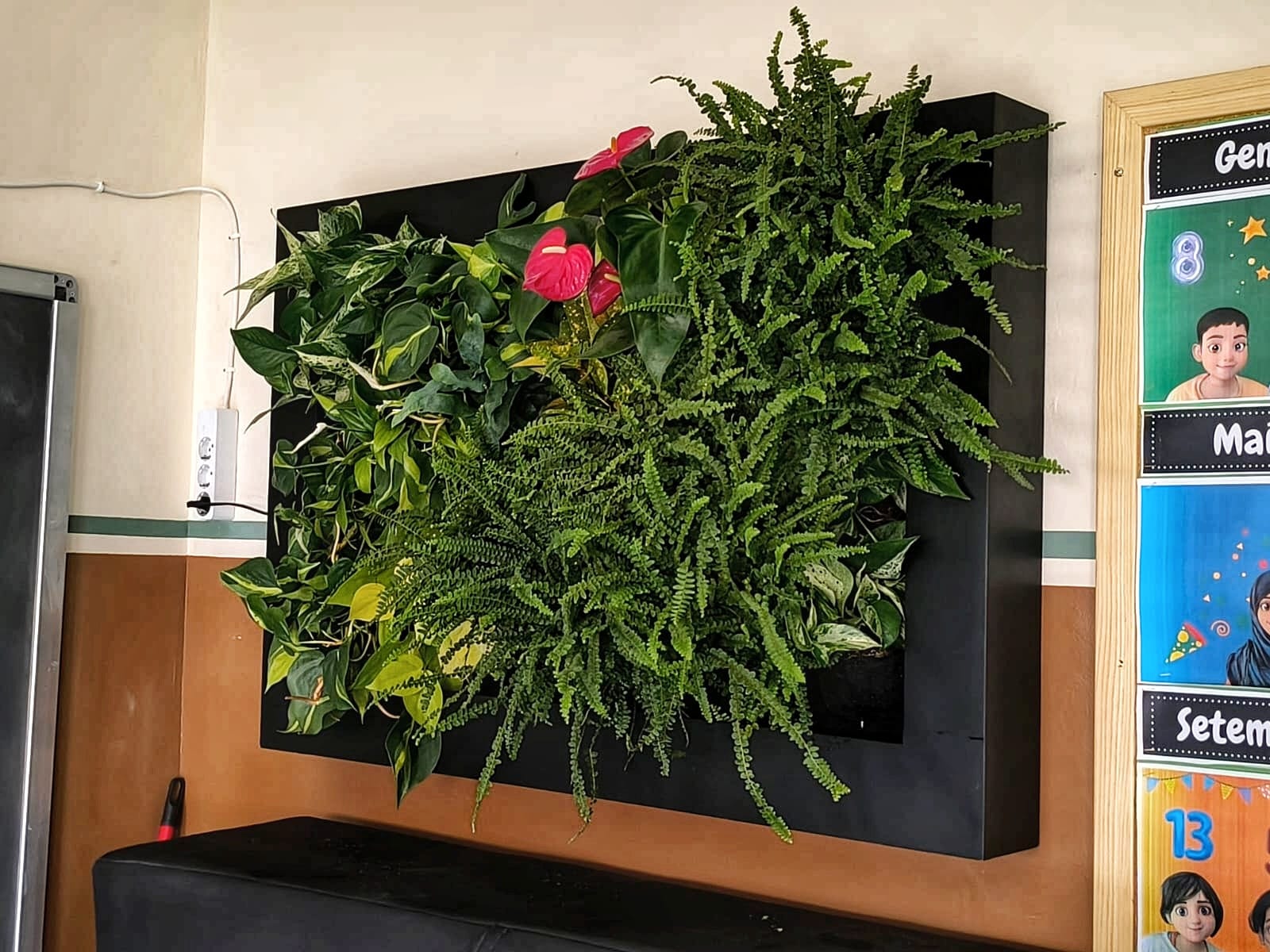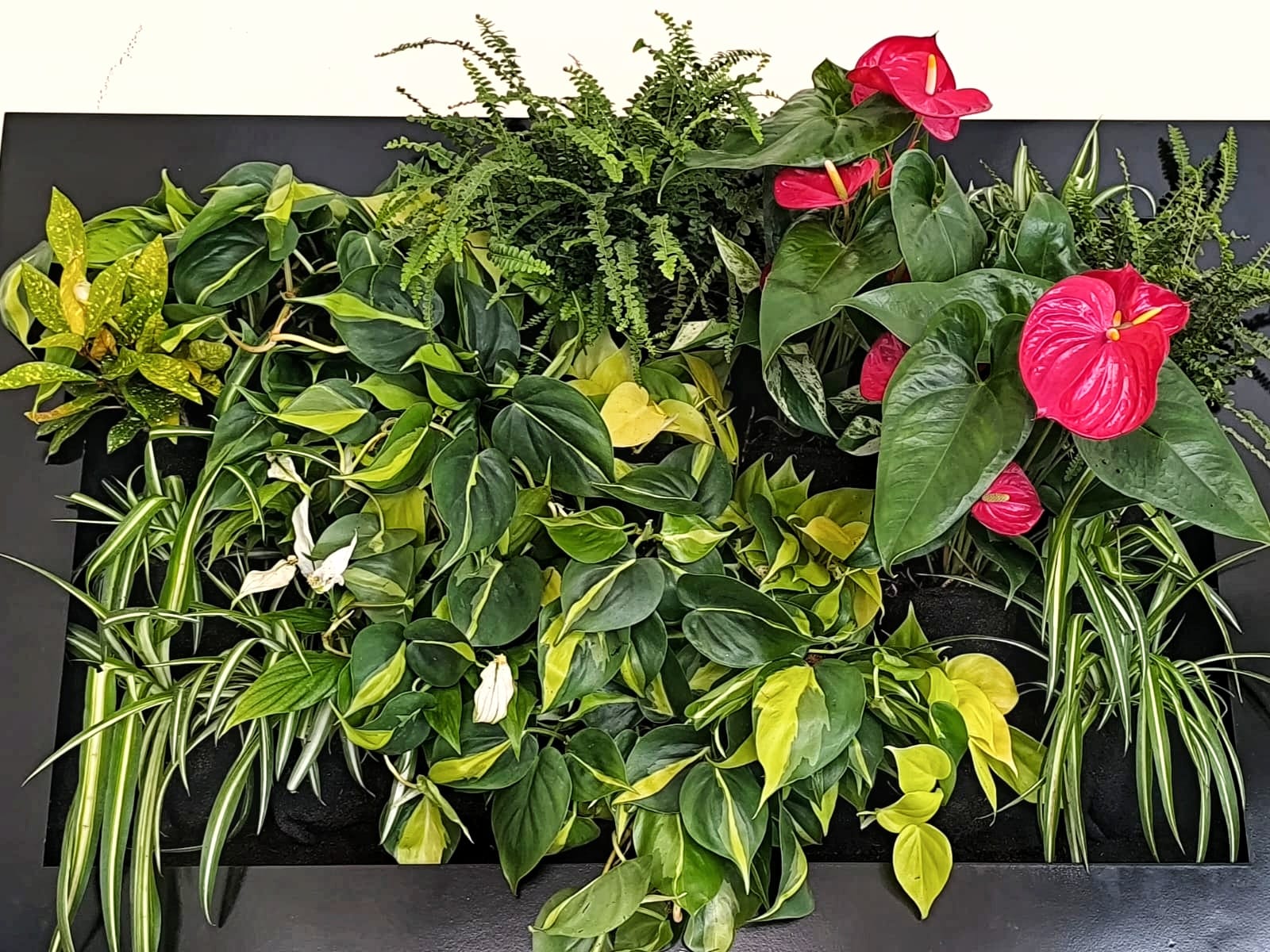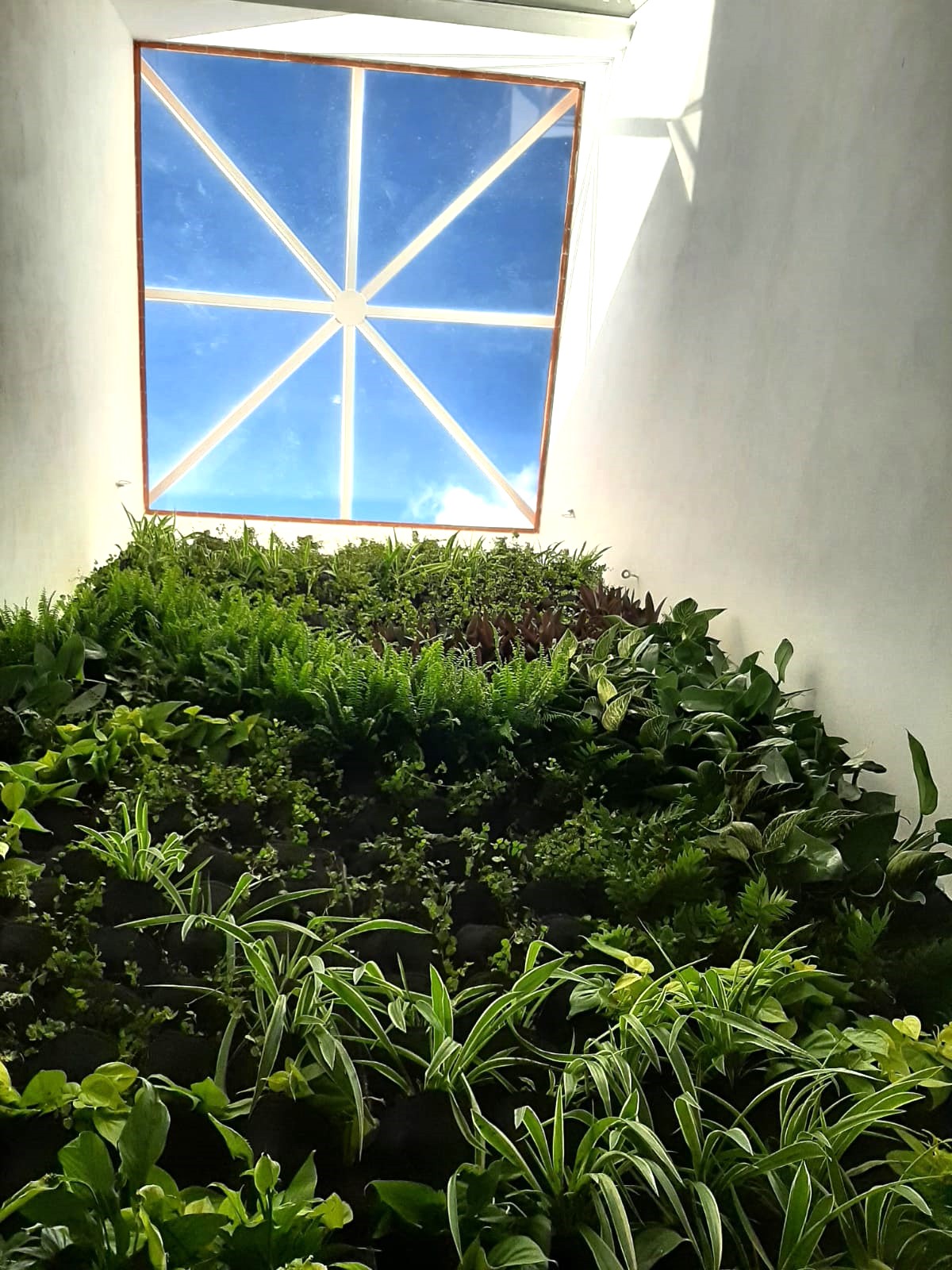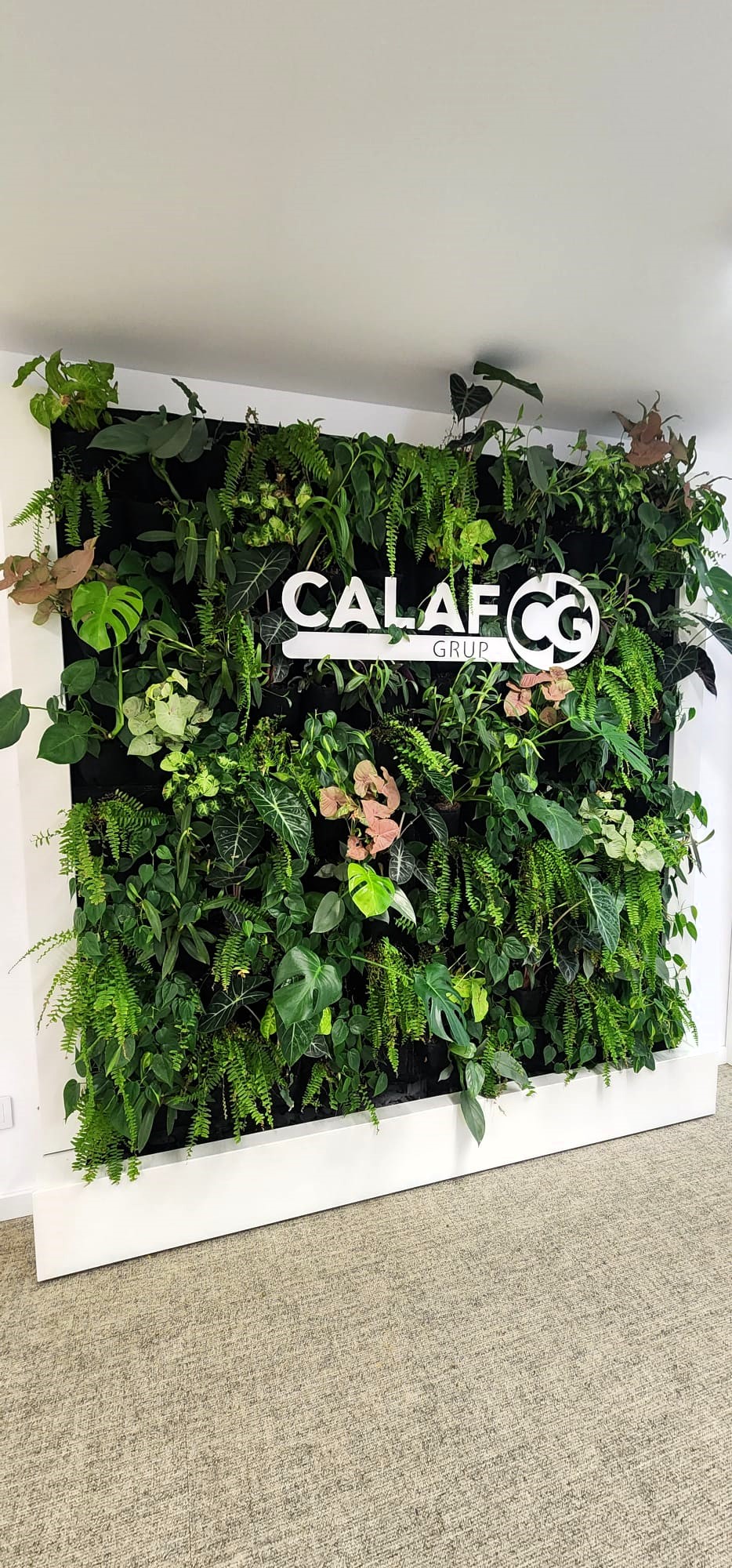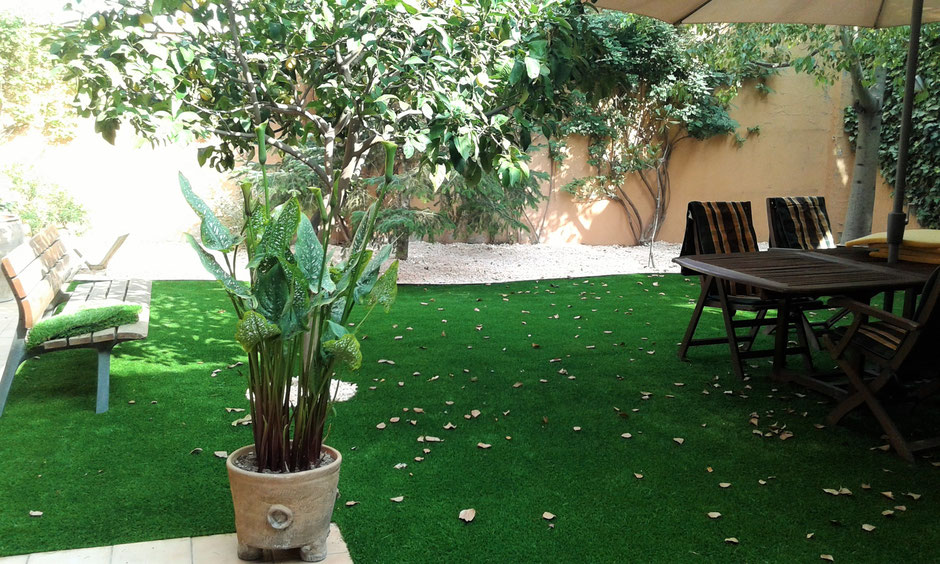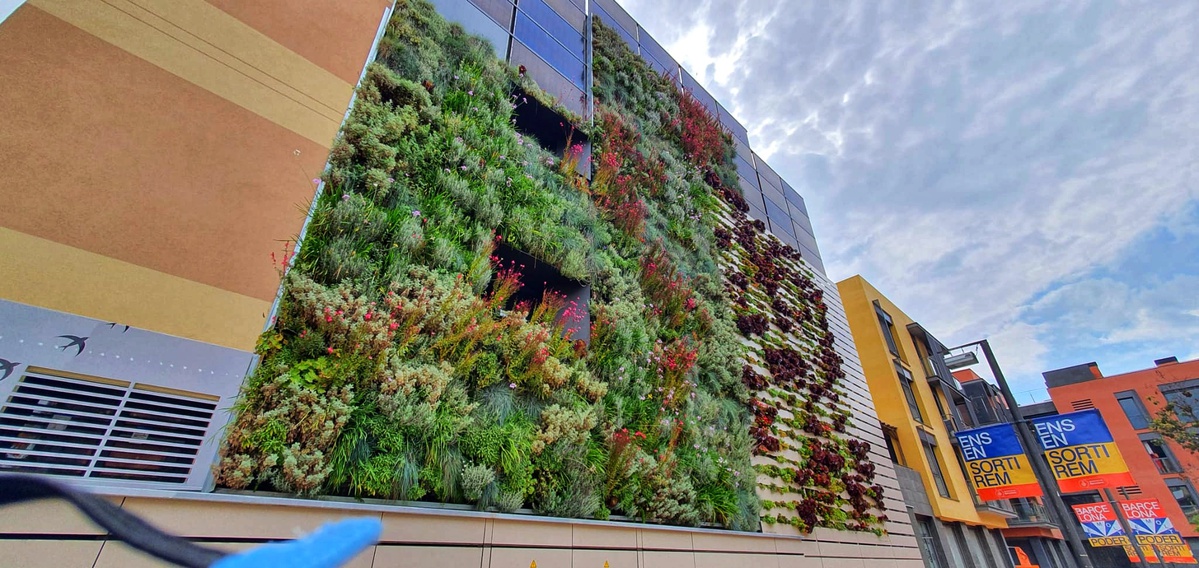
Light vertical garden inside the Mila i Fontanals School – InChildHealth Project
The Project’s Objective
The main objective of this project is the improvement of air quality in classrooms through the installation of two SlimGreenWall systems from Terapia Urbana. This initiative is part of the citizen science project InChildHealth, which promotes environmental education and the development of healthy spaces in schools.
This action takes place in the 5th A and 5th B classrooms of Mila i Fontanals School, located in the Ciutat Vella neighborhood of Barcelona. The vertical gardens will contribute to improving the well-being of students and teaching staff by naturally filtering the air and creating a healthier environment.
Contact usDescription of proposal
The SlimGreenWall systems installed at the school are part of a green innovation strategy applied to educational spaces. These are modular vertical gardens designed to optimize efficiency in air purification and aesthetic integration into indoor environments. These systems are characterized by their lightweight structure, efficient irrigation system, and ability to host plant species with decontaminating properties.
The plants selected for the green walls have been chosen based on their ability to capture atmospheric pollutants and improve indoor air quality. Among these species are varieties such as pothos (Epipremnum aureum) and Boston fern (Nephrolepis exaltata), recognized for their efficiency in absorbing volatile organic compounds (VOCs) and suspended particles.
The assembly was carried out with the active participation of students and teachers, fostering an educational experience that highlights the importance of green spaces for both environmental and personal health. Through this installation, an interactive learning environment has been created where students can observe firsthand the benefits of vegetation on air quality.
Environmental Impact and Expected Benefits
The adoption of such green systems in educational centers has a positive impact both environmentally and educationally. The expected benefits of this initiative include:
- Improved indoor air quality: Reduction of carbon dioxide (CO₂), VOCs, and other pollutants present in classrooms.
- Increased well-being and concentration: A greener and healthier environment enhances academic performance and students’ emotional well-being.
- Environmental awareness: Children’s participation in the project implementation reinforces their knowledge of the importance of green spaces and sustainability.
- Reduced carbon footprint: Indoor vegetation contributes to CO₂ capture and helps regulate temperature and humidity levels.
Project Monitoring and Evaluation
The effectiveness of the vertical gardens will be monitored using air quality sensors installed in the participating classrooms. These devices will assess pollutant level reductions and the real impact of vegetation in improving the indoor environment. The results will be analyzed and shared within the InChildHealth project framework, providing valuable data for future similar initiatives in other educational centers.
This intervention exemplifies how citizen science can contribute to the creation of healthier and more sustainable school spaces, fostering dialogue between education, technology, and the environment. The installation of vertical gardens at Mila i Fontanals School represents an innovative model that could be replicated in other schools in Barcelona and beyond.
Partners and Execution
- CONSTRUCTION: Babilon Jardinería
- PLANTATION: Babilon Jardinería
- PARTNERS: Terapia Urbana, Le petit géant, Plantes Bada, JardiNostrum


